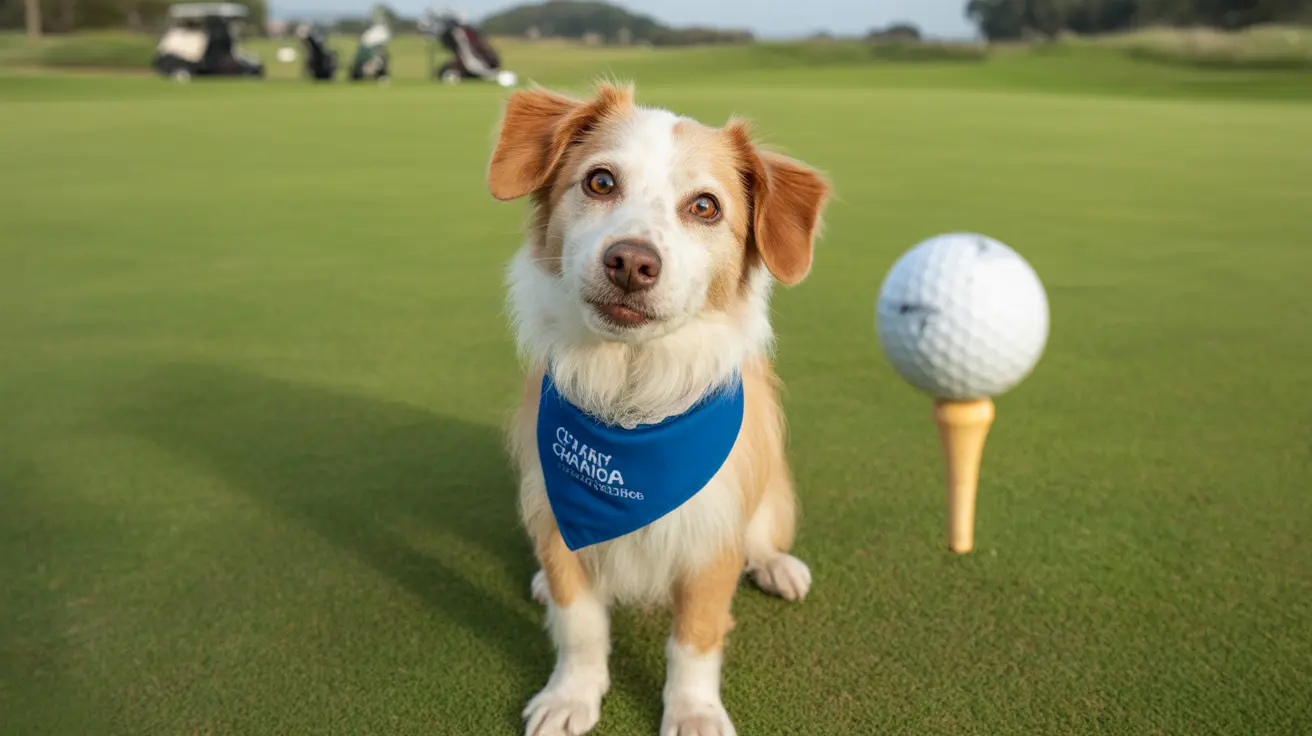Understanding What Your Dog Is Trying to Tell You
Dogs may not speak human languages, but they are excellent communicators in their own right. If you've ever found yourself wondering, "Is my dog trying to tell me something?"—the answer is almost always yes. Dogs express a wide range of thoughts, feelings, and needs through body language, vocalizations, and behavioral changes.
Common Signs Your Dog Is Communicating
- Body posture – A stiff body can signal discomfort or alertness, while a relaxed posture means your dog feels safe.
- Tail movement – A wagging tail isn’t always happy; a low, slow wag can mean nervousness, and a high, fast wag usually shows excitement.
- Eyes and ears – Direct eye contact or averted gaze can express confidence or submission. Ear position varies by breed but generally conveys a dog’s alertness or calmness.
- Growling or whining – These sounds may indicate fear, warning, or a call for attention, depending on the context.
- Pacing or restlessness – Your dog might be anxious, need exercise, or have an unmet physical requirement like hunger or needing to go outside.
Top Reasons Behind Your Dog’s Behavior
- Hunger or thirst – Repeated trips to the food or water bowl, whining at you, or scratching near cabinets can all be signs your dog needs to be fed or hydrated.
- Bathroom needs – Sitting by the door, pawing, or barking at you is often their way of asking to go outside.
- Desire for attention – Dogs crave interaction. Sitting on your lap, nudging your hand, or persistent eye contact may mean they want affection.
- Anxiety or fear – Hiding, trembling, or excessive licking can indicate your dog is feeling anxious or scared, possibly due to storms, noises, or separation anxiety.
- Physical discomfort or illness – A dog who suddenly avoids being touched, limps, or shows lethargy might be ill or injured and likely needs a vet visit.
Interpreting Mixed Signals
Dogs sometimes display contradictory behaviors. For instance, a wagging tail paired with growling may show uncertainty. In such cases, it's crucial to consider the full context: environment, recent events, and your dog’s history can all influence how they communicate.
How to React When Your Dog Tries to Communicate
- Observe consistently – Every dog is different, and understanding their unique communication style takes time and attention.
- Respond appropriately – Ignoring signs could lead to frustration or worse behaviors. Address their needs calmly and positively.
- Train with cues – Teaching your dog commands like “sit,” “stay,” or “come” provides them with clearer ways to express needs and understand what’s expected from them.
- Seek professional help – If behaviors are extreme or confusing, a vet or professional dog trainer can help decode signals and provide solutions.
Conclusion
Yes, your dog is trying to tell you something—and probably quite often. By learning to read their signals accurately and responding thoughtfully, you deepen your bond and ensure their well-being. Whether it’s a playful bark or an anxious whimper, your dog depends on you to listen. And when you do, your connection becomes even stronger.





